what camera do you use
luk3
Posts: 35
hi if you dont mind me asking what camera are you using to take the photos becasue i went to a well known camera shop and they tryed to sell me a £1000 dslr becasue my bridge camera is no good for mtb photography or so they say. but its capible of 3fps is this fast enough if you think this post should be in a photography froum tell me and i will move it .
ps sorry if my spellings bad
ps sorry if my spellings bad
0
Comments
-
I use a Nikon d3000 had it for a while now and they going cheap, good for on the move shots and still pics , but for vid I would recommend a gopro 3 :P
Here some pics from the Nikon d3000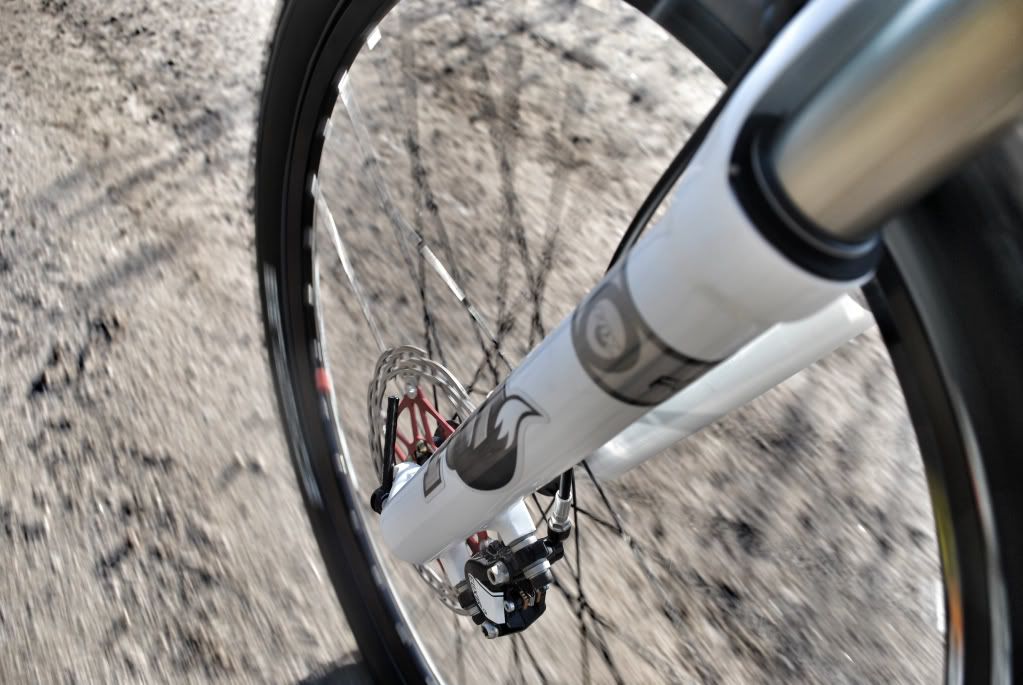
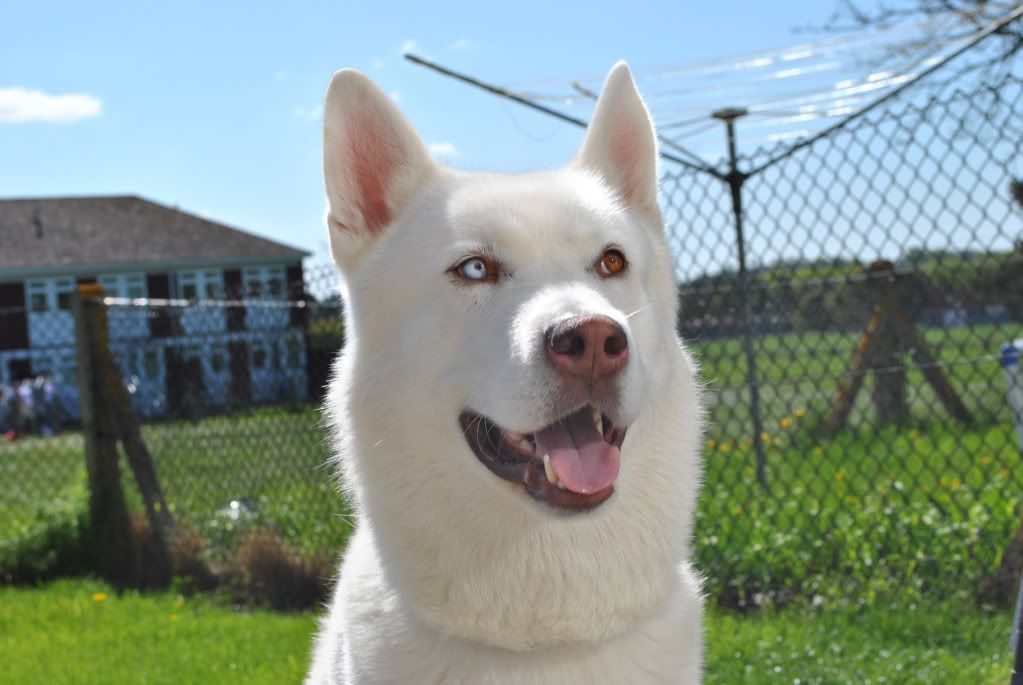
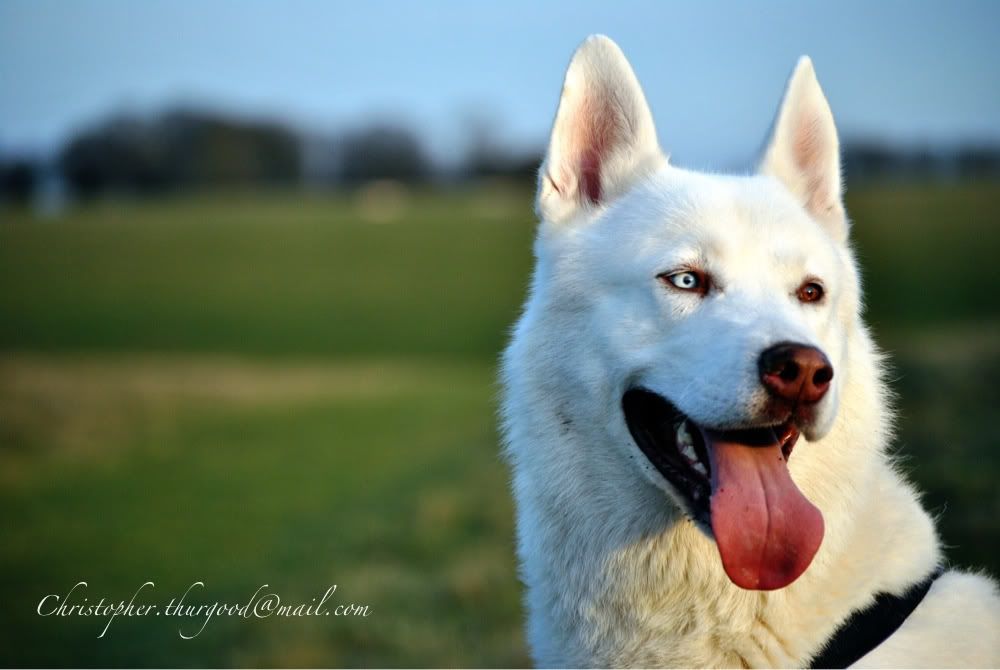
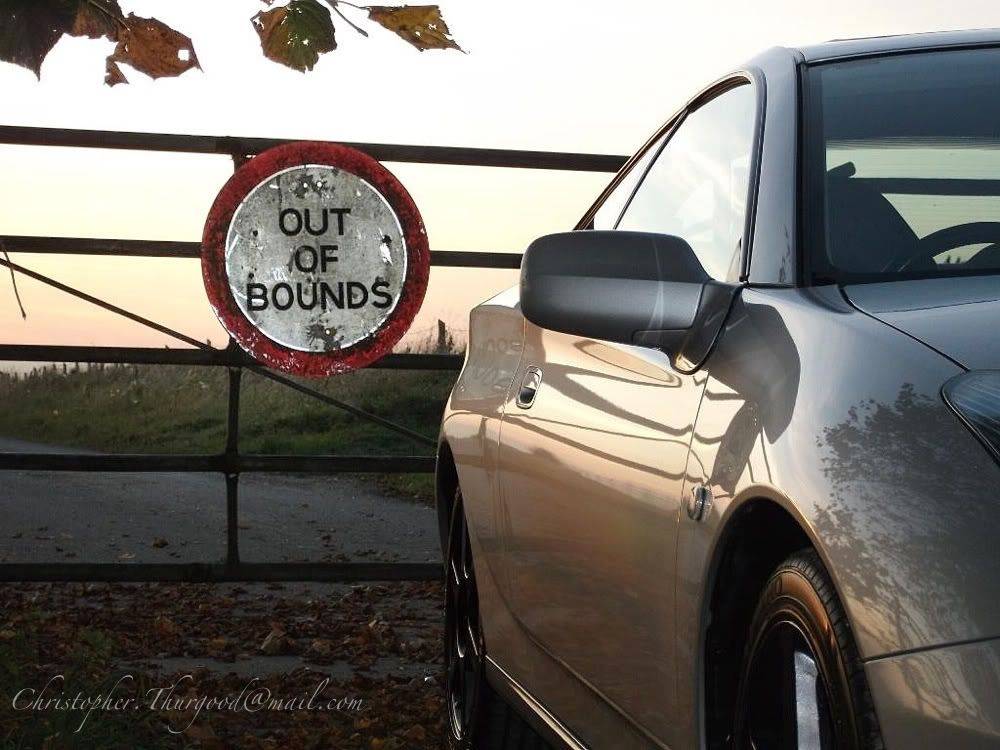
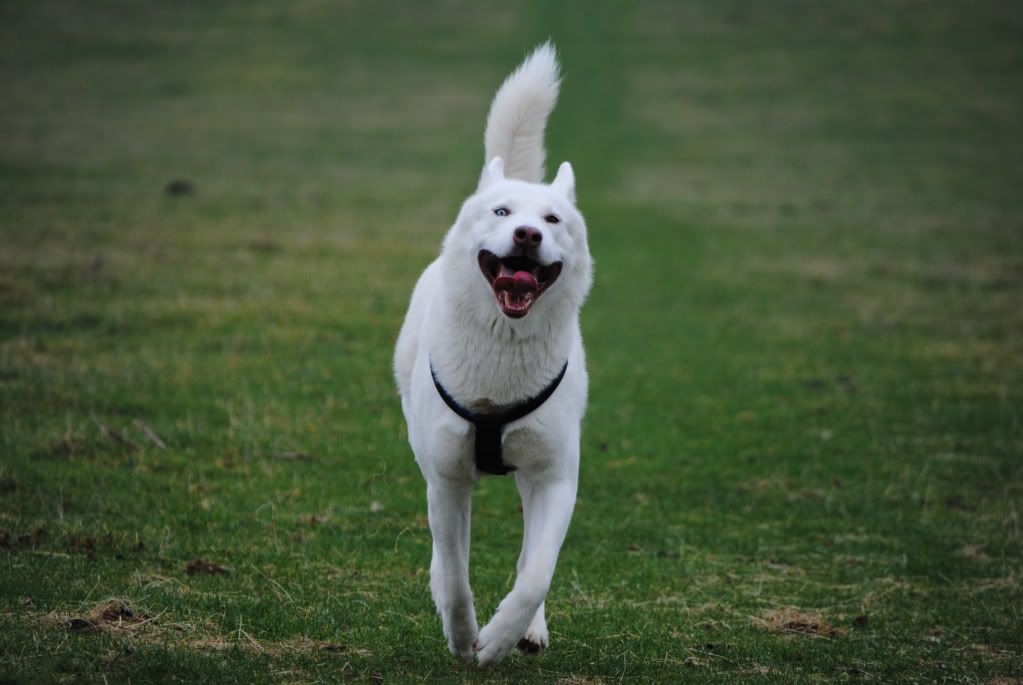
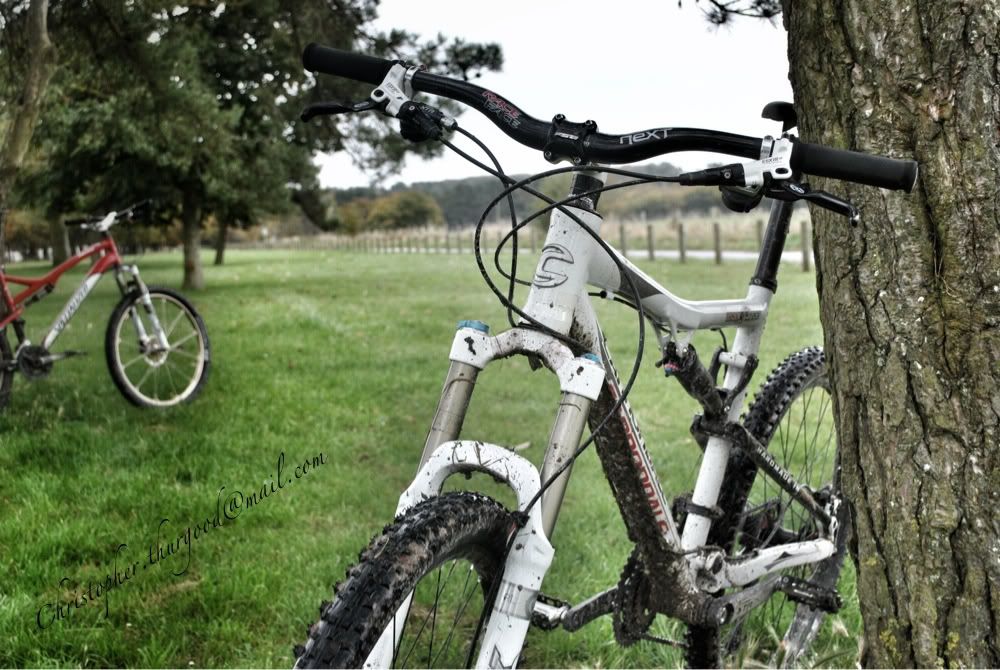
Sorry Paul lol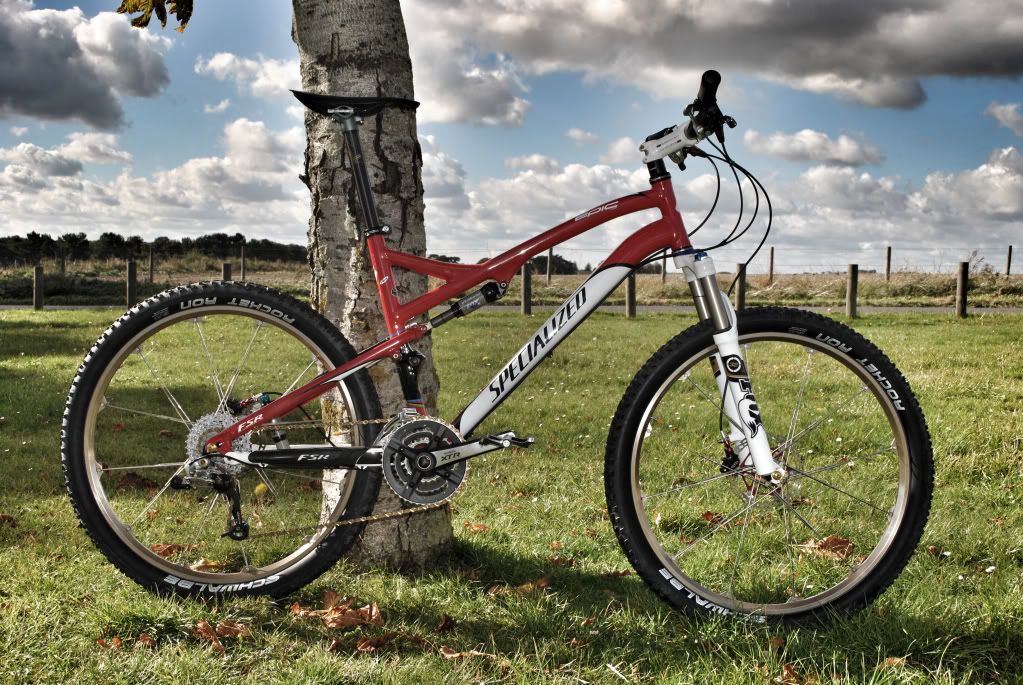
You get very nice shots with an slr camera and entry level aren't that expensive mate , I been looking for some speed shots but I deleted them of my photobucket
Not all shots of a bike but give you and idea mate ,for mtb vids get a action camera(gopro) for still pics and action shots I would advise an SLR .0 -
i think i will have to upgrade my camera to a dslr i am not looking to make vids at the moment i will have to look at the nikon d3000 have you got any tips on getting good shots0
-
Bridge camera can still work very well - much is to do with the skill of the photographer. Learn about how the manual settings work ie exposure and aperture.
I have a relatively inexpensive bridge, and a friend has a DSLR. On a recent trip out my pics blew his away simply because I knew how to use my cam, he didn't.
That said, in lower light situations the larger sensor on an SLR is king.0 -
thanks for the reply . how do you transport your cam on rides do you seperate it from your multi tool ect0
-
thanks for the reply . how do you transport your cam on rides do you seperate it from your multi tool ect0
-
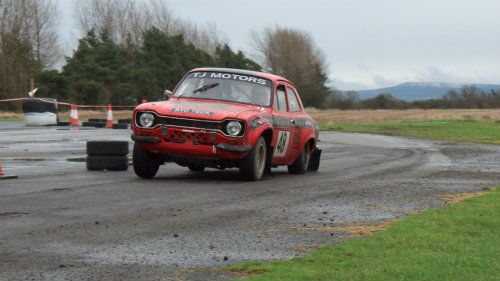
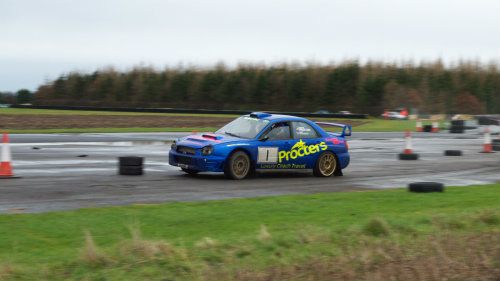
Still playing around and getting used to using manual settings with my new toy. Took these the other day with a Lumix GF3. Fairly pleased with the results. I certainly don't think you need to buy a new SLR, and would say a bridge camera is absolutely fine... though I am not an expert.
You can take stunning photos on just about any camera... you just need to know how to use them to get the best out of them.0 -
very nice photos im not sure if i should buy a dslr or not after seeing the pics taken on the bridge i think mine will be good enough until i decide if i want to take photography more seriously0
-
That's what I'd do, see how you get on with what you have. Mine (a Fuji S1500) has a little case and I just pop it in my rucksack. You can get some nice results with time.
 0
0 -
Taking a £1000 DSLR camera on a MTB ride would give me the shivers. I take my little old Panasonic Lumix Fs3 compact with me its been dropped on rocks left in the rain and used as a back protector numerous times. Its bulletproof and if it broke I would cry and go and buy a Panasonic TZ 30 compact which shoots HD video with gps and everything I would ever need. Then again I am a photosnapper not a photographer.Fig rolls: proof that god loves cyclists and that she wants us to do another lap0
-
i will have to buy a case for my current cam i have a fujifilm S1700 the only concern i have is taking it on rides with me as i dont want to brake it.0
-
Virtually the same camera as mine, are decent performers. Cases are cheap enough.0
-
I've just moved down in size to a Micro Four Thirds camera which is basically the size of a compact but with interchangeable lenses. Have a look in my sig for details. To be honest, unless you are a proper, vested amateur or pro photographer, you won't really be able to benefit from a full DSLR. The M4/3s I've just bought takes decent enough pictures, great video, and is small enough to fit into my riding sack.0
-
so i could buy a compact cam with interchangerble lenses but the main reason i am thinking about a dslr is that not only will i take it on rides i would like to do abit of mx photography as well. i would not spend £1000 for my first dslr i would probly only spend £300-450 on it. my cam is a very good for what i use it for but it struggles to capture high speed movement.0
-
A micro four thirds like my samsung nx1000 isn't technically a compact, but the body of the camera is no bigger making it very portable. The advantage of a m4/3s is the sensor is better and you can play with the lens. . By old sony bridge camera took great photos, great video and had the advantage of apower zoom. A bridge cam is really fine unless you're finding it simply can't take fast enough shutter speeds and still let enough light in. go into my sig and read my chat about the samsung, it should explain all the reasons I chose the m4/3s over any other format0
-
ok i think one of my mates has a cam like that i will have to borrow it and see if i like it my bridge cam can do video up to 1080p but the audio isnt grate as it cant take and external mic it also has a 15x zoom which is grate for close up pics and it has an iso of upto 3200 but the pics are grainy at the top end of the iso0
-
One thing that might help is reducing the size of the stills it's taking. 10MP is fine for most everyone. Mine is a 20MP and I leave it on 10MP to make the higher end of ISO more useable. It's not something I've fully explored myself but I've read you can reduce noise this way.
edit--
Scrap what I said, just bee re-reading about it hereand seems that idea is wrong.0 -
my cam has normal,fine,S,M and L settings do you think that if i put it in normal and S mode it would reduce noise also when taking a pic of a mtber do you pan with the rider or stay still and just press the shutter button0
-
No it was bad advice, I must have read a bogus forum a while ago (kinda like here and now :shock: ). Just leave the settings in fine + large.
As for panning, it depends on what kind of shot you want. If you want creative ideas, the best thing to do would be to browse the pictures posted here or on pinkbike, then try to recreate the ones you like. If you're not sure how they did it, I'm sure most people would tell you if you asked.
Two bits of advice I'll give you is; don't rely on auto focus if you can get an accurate focus manually. Set the focus before the rider comes in to shot to ensure the camera is focussed on the exact place you want it. And; set the camera in A mode and lock the aperture wide open (smallest value). This creates nice depth by blurring out anything you're not focussed on - however it relies on very good focussing in the first place.0 -
Noise in high ISOs is perfectly normal. Better cameras with bigger and better sensors cope better in low light and produce images that are less grainy at the same ISO.
For instance, I saw a photo taken at virtually the same place as me at the same time by a photographer with the whole kit and when compared with the photo I've taken on a micro 4/3 camera (turns out from looking at the exif data that we were using the same settings for ISO, Shutter speed and Aperture, obviously other factors come into play as well.) But my photo was noticeably noisier. Be damned if I can find either photo though.
I still stand by my belief that your bridge camera will do a good enough job for what you are wanting to achieve to start off with.0 -
And of course with a bridge you don't have to carry about more lenses.0
-
tahnks for the tips on getting a good pic . yes that is very true a bridge cam doesnt need more lenses i think after all the advice given i will stick with my fujifilm because the total cost of a dslr or 4/3 it seems that the bridge is the best value for money .0
-
Canon S90. Superceded by the S95, S100 and S105 now but still a great camera. Limited by the lens and sensor but packed with the feature set of SLR cameras.
Here's one I took a few months ago.
http://www.mbswindon.co.uk/wp-content/u ... t2-062.jpg0 -
I've found the S90 good for low light action shots. Under trees and that sort of thing. Have to work at ISO of 400-800 some times and pan the camera. Most times that will produce good enough photos. I usually crop and adjust the hue/saturation/lightness of the green, yellow and red to make backgrounds darker and faces lighter. Then a quick fiddle with the curves. If it's a bit noisy I might apply an anti-speckle filter a few times. All done using GIMP, great bit of software.
All these were taken with the S90.
http://www.mbswindon.co.uk/photos-brist ... fest-2012/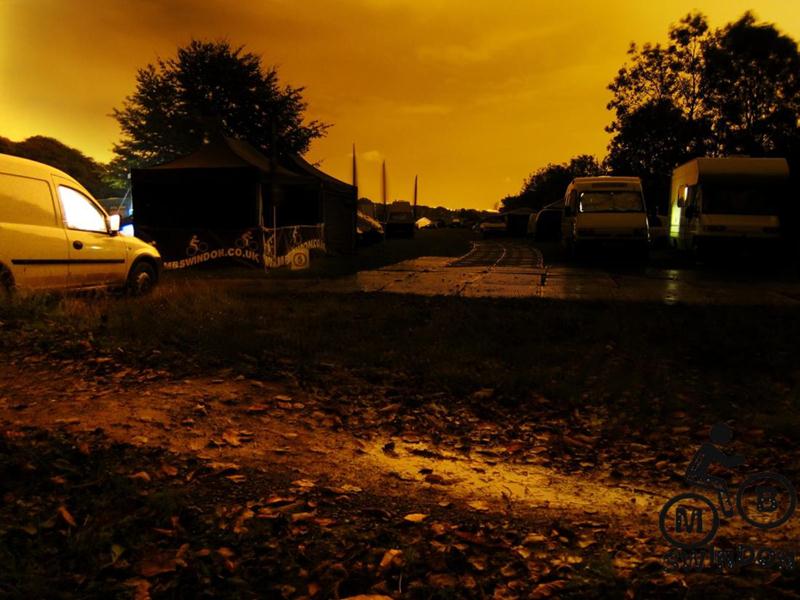
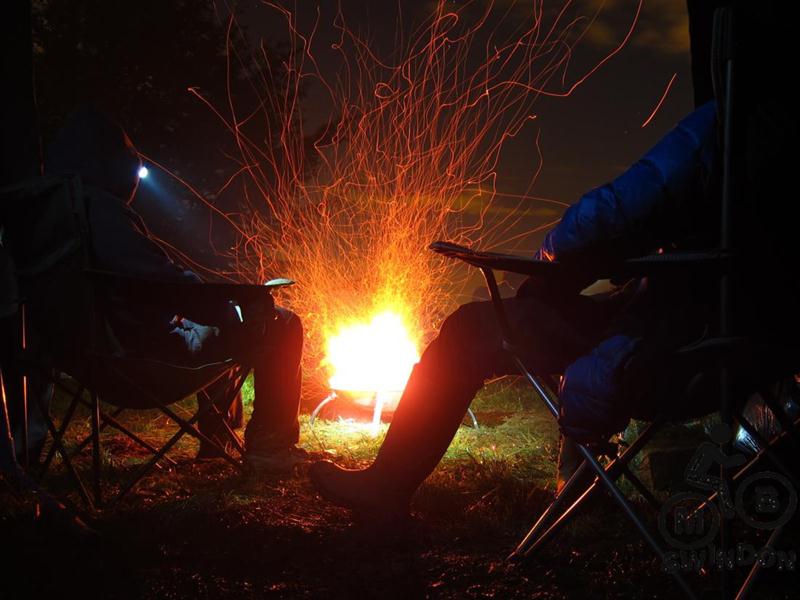
Typical low light...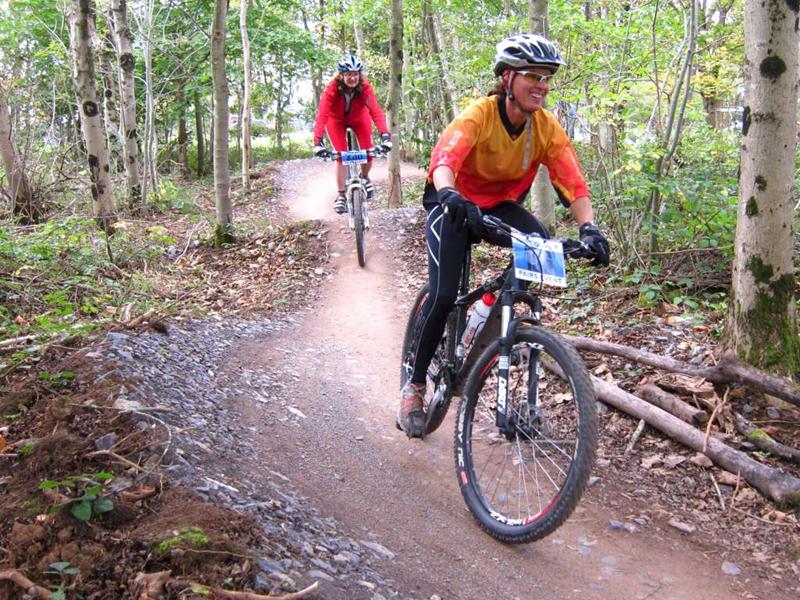
From http://www.mbswindon.co.uk/photos-brist ... fest-2012/0 -
I'm using a Lumix GF1 which I love. I got it after using a Canon G9 for ages and it takes a far nicer picture. I only have one lens, the 20mm one, and use it for everything. It's small enough to fit on my rucksac strap for instant access and it pretty sturdy too.0
-
mrs blitz has a D7000 it is pretty good at taking 'nice pictures' in Auto mode the fun starts when you put it into Aperture/Shutter and Manual modes.
Like any SLR there are so many settings it's really easy to mess things up and take godawful pictures - out of focus, blurred, under/over exposed you name it it's easy to get it wrong. In addition you need some artistic talent or at least the ability to compose a picture otherwise the photos can be technically excellent but still boring. And the camera body is only half the equation the lenses are just as important and then there filters, flashes, tripods etc
Of course if you have the time and the motivation to do all this the results can be stunning but you need to 'embrace' the DSLR way and be prepared to take dozens of shots just to get a good one. It can take snaps like a compact but that's like riding a carbon V10 on a cycle path.0 -
supersonic wrote:Bridge camera can still work very well - much is to do with the skill of the photographer. Learn about how the manual settings work ie exposure and aperture.
I have a relatively inexpensive bridge, and a friend has a DSLR. On a recent trip out my pics blew his away simply because I knew how to use my cam, he didn't.
That said, in lower light situations the larger sensor on an SLR is king.
This. I used to know someone who had a professional-level D-SLR and he didn't know how to use it, therefore got photos anybody could get from a point-and-shoot.
I've got an entry-level DSLR (Sony Alpha-200). I got it because it was cheap - I would love the extra manual features of professional cameras but just don't have the money.
Take a look here for some examples - you could probably get photos like this on a bridge with relative ease:
www.declanphoto.weebly.com
Road - Dolan Preffisio
MTB - On-One Inbred
I have no idea what's going on here.0 -
An old Olympus Mu , Panasonic TZ 20 and a Go pro Hero 2, a Canon 7D soon as prices are crashingI'm going to blow the bank on a new build ( within reason ) NOW DONE!!
http://i570.photobucket.com/albums/ss14 ... 010362.jpg0 -
You can run the high end compacts like the S90 and Sony jobby in full manual mode. I use manual mode for everything except when I'm riding along on the bike taking photos as I go. I can adjust aperture, iso, exposure time, white balance preset plus white balance red-blue / green-purple if required. It's the best way of getting good photos IMO.0
-
Canon 5D MK1

Lots of Mud!!! by johntudor.net, on Flickr
Canon 400D (easy to carry when out on the bike)
MTB Wales by johntudor.net, on Flickr0 -
Ride about cameras and walk about cameras are different not unless your loaded and can afford to drop an expensive camera and lens.0

